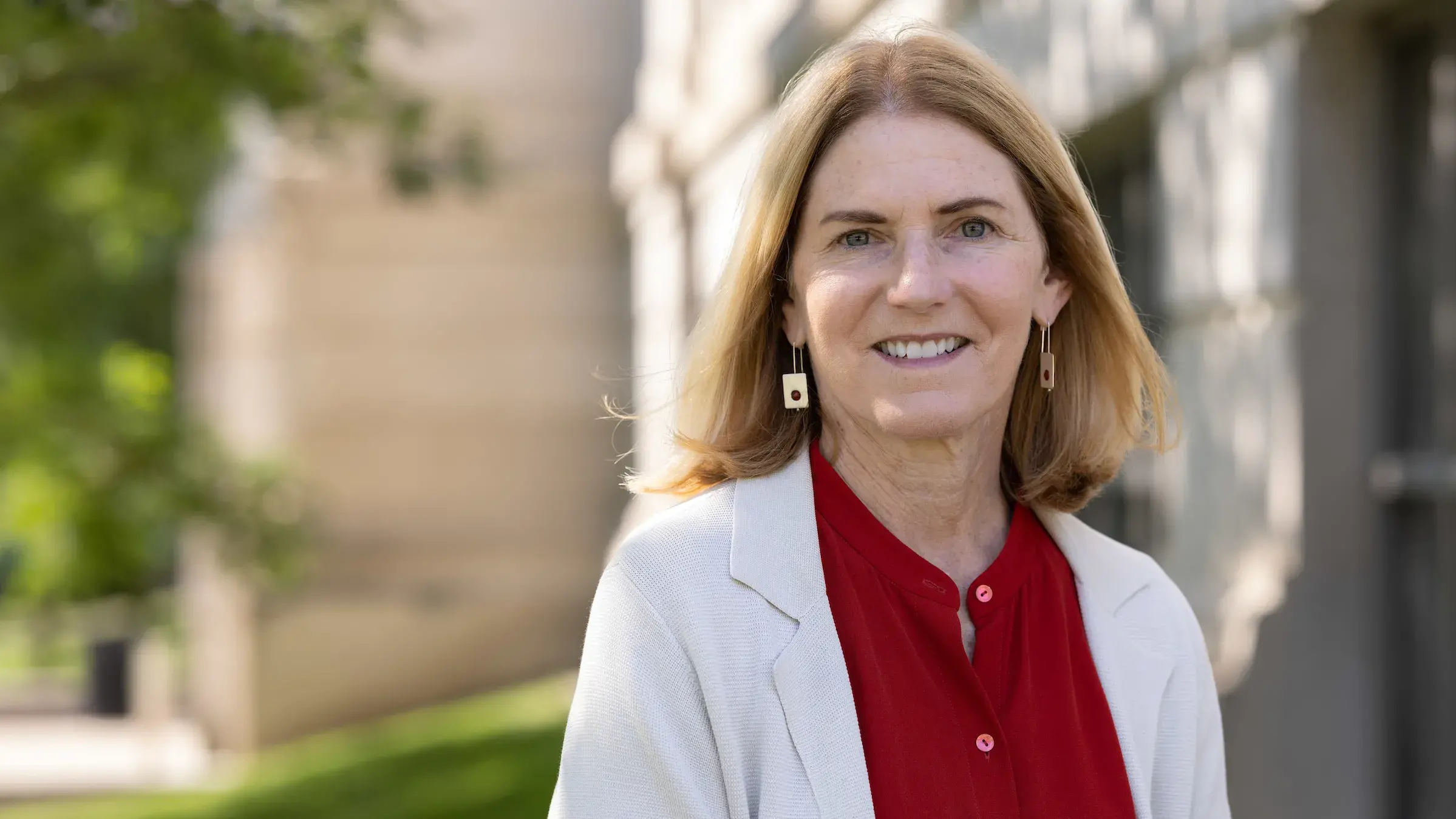About

About the Arts at Ohio State
Vision
We aim to build and sustain a creative environment that not only enriches the student experience but encourages fearless research and experimentation on our campuses and in co-creation with local and regional communities.
Mission
Our ambition is to support artists and designers—whether students, staff, faculty or artists-in-residence—as they hone their craft while simultaneously learning from, informing, and collaborating with other artists and scholars across the range of disciplines represented at the university.
We aim to prepare a diverse student body knowledgeable and appreciative of the arts to become leaders and engaged citizens capable of creating change in the world.
We believe in, and intend to amplify, the idea that creativity expressed in any form can have a measurable economic and societal impact; and that the arts foster greater understanding, thereby contributing to a richer, more just and compassionate world.
Leadership

Lisa Florman
Vice Provost for the Arts

Megan Cavanaugh
Campus Art Collections Manager
Provost's Council on the Arts
The Office of Academic Affairs (OAA) created the Provost’s Council on the Arts in 2023. The council advises OAA on arts-related matters, especially those that involve multiple colleges or university entities; serves as a sounding board for new arts initiatives and helps prioritize among them; and strategizes with the vice provost for the arts on how the arts might be better integrated into the curriculum, raised to greater visibility across our multiple campuses, and become a cornerstone of our engagement with communities in Columbus and throughout Ohio.
Current Council members: Dionne Custer Edwards, Michael Ibrahim, Dorothée Imbert, Damon Jaggars, Fabienne Münch, Dana Renga, and Gaëtane Verna.
Along with the recently founded Office of the Vice Provost for the Arts, the Provost’s Council on the Arts is an important element in the university’s ongoing effort to develop a distinct and significant voice for the arts at Ohio State, and to use that voice in local, national and international conversations to enhance the university’s reputation and advance its strategic goals.